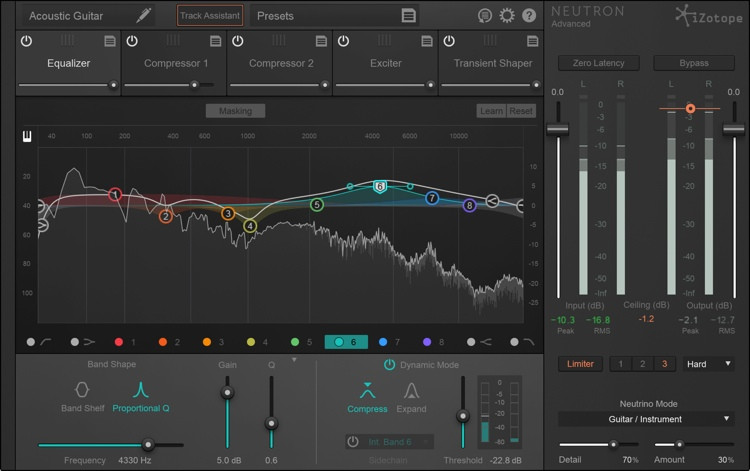

Tuning and transient shaping for hard-hitting drums There’s also filtering on-hand for the texture layer itself, too. With this, you can separate out the detection of what triggers your texture layer using a filter. We’ll show you how to wield mid/side processing in an EQ context, but there are many more ways that we can use this particular signal split to our advantage.Įspecially useful for drum tracks, and busses too, is the sidechain filter.

Mid/side was originally a recording technique, but is now a mixing/mastering definition for processing a signal based on two components: its ‘mid’ information (the same in both speakers) and its ‘side(s)’ information (different between left/right). Here we’ll see mid/side EQ processing on drums, using FabFilter’s Pro-Q 3, which lets us make particular EQ bands work on either mid or side portions of the signal only. Now we can analyse the stereo field, check phase correlation, work any processing into a mid/side technique, and show off the full stereo panorama. That stereo side of the equation has become a big part of modern music, thanks to digital sound-sculpting tools that can use maths where only electronics were available before.

Mid/side EQ processing for better stereo drumsĭrums carry a lot of a track’s crucial properties: transient information that makes it all pop tone and pitch that extends right from the low bass drum to the sheen of crash cymbals the room sound that’s particularly audible with loud and quick impulses flying back and forth and of course, stereo information, both from the room and the panning of kit elements. In this case, we’ve gone nuclear with parameters, then dialled back the mix amount to reintroduce dry signal. Multiband dynamic processing can be hard to get right, and it’s quite easy to go overboard.


 0 kommentar(er)
0 kommentar(er)
